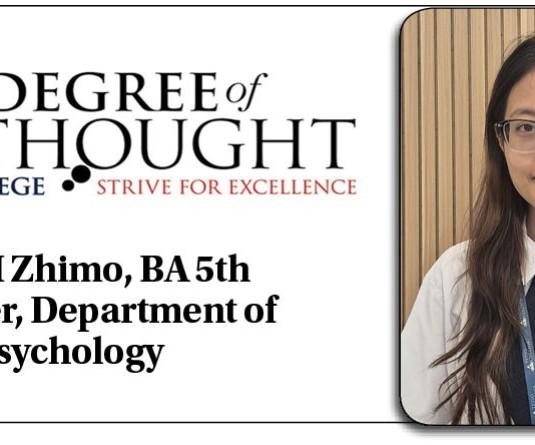
Fake news is not something new. Spreading false information or making remarks intended to harm people’s reputations has been a part of society long before social media. But, with social media becoming an essential part of our lives, it has become much easier to spread misinformation and disinformation. It is so important to be on alert for any possible fake news that could be spreading on social media, particularly with the upcoming Assembly election. One may assume that false news has little impact on the public, but studies have shown that it can foster distrust, political hyper-sentiment, and polarization, rifts between individuals who value opinion above facts, and harm to others' physical and mental well-being.
Many academics have also criticized the term "fake news," stating it is too vague to be relevant. The terms "misinformation" and "disinformation" are also used for false stories or content. Disinformation is the deliberate creation and dissemination of false or misleading information for financial or political gain. On the other hand, misinformation refers to false or misleading stories; however, in this situation, the stories may not have been made or circulated with the intent to mislead. Fake news has also been classified into several categories, and while there are many, we will describe the most common. The first type of fake news is satire or parody, which has no intention of causing harm but to fool people. The second type of fake news is "false connection," which occurs when headlines or visuals do not support the content of news stories. The third type of fake news is misleading content, which occurs when misleading information is used to frame a group or individual. Fourth, false context occurs when genuine content is shared with false contextual information; fifth, impostor content occurs when genuine sources are "impersonated" with false, made-up sources; sixth, manipulated content occurs when genuine information or imagery is manipulated to deceive with a manipulated photo; and finally, fabricated content occurs when genuine content is shared with false contextual information.
Sharing false information on social media is often done for two reasons. Some people spread it out of political, ideological, or financial motivations, while others do it just for amusement. However, it's possible that the false news has an ulterior motive; therefore, it's important to be able to spot it. It is the responsibility of the government as well as the general public to recognise and expose fake news. Here are several strategies to spot false information and detect fake news:
1. Verify the source of the information and the facts. Reputable news stories will contain a wealth of facts, such as data and reports from other reliable sources. Online fact-checking sites can also help you determine the reliability of the source and the information.
2. Look up the author: Look into their credibility, such as their reputation, their area of expertise, and their motivation.
3. Keep an open mind: Fake news is carefully worded to elicit strong emotions such as fear or rage. Asking why this narrative was written can help you maintain a critical mentality. Is it advocating for a certain cause or goal?
4. Verify to see if it's a joke: Sarcastic and humorous content is popular, e.g., memes, and it is not always obvious if a story is a joke or a parody. Try to identify the content and source.
5. Verify the authenticity of the photographs by performing a reverse image search on Google or another search engine. It can determine if a picture has been used previously. It also indicates how old the image is and whether it has already been used in other settings. Additionally, if a fact-checker has previously reported on the subject, that piece will also display. Videos can also be verified using the same procedure.
Anyone who uses social media can play an important role in tackling the spread of fake news. Rather than relying entirely on social media corporations and the government to take action, anyone can conduct their own research, identify false news, notify authorities, and become a responsible citizen.
The Degree of Thought Column is a weekly community column initiated by Tetso College in partnership with The Morung Express. The column explored contemporary social, cultural, political, and educational issues and challenges around us. However, the views expressed here do not reflect the opinion of the institution. Tetso College is a NAAC-accredited, UCG-recognized Commerce and Arts college. Currently, the Degree of Thought Column is managed by the department of Mass Communication, and the editorial team are Dr Jenny Lalmuanpuii, KC Gabriela and Rinsit Sareo. For feedback or comments, please email: dot@tetsocollege.org.






